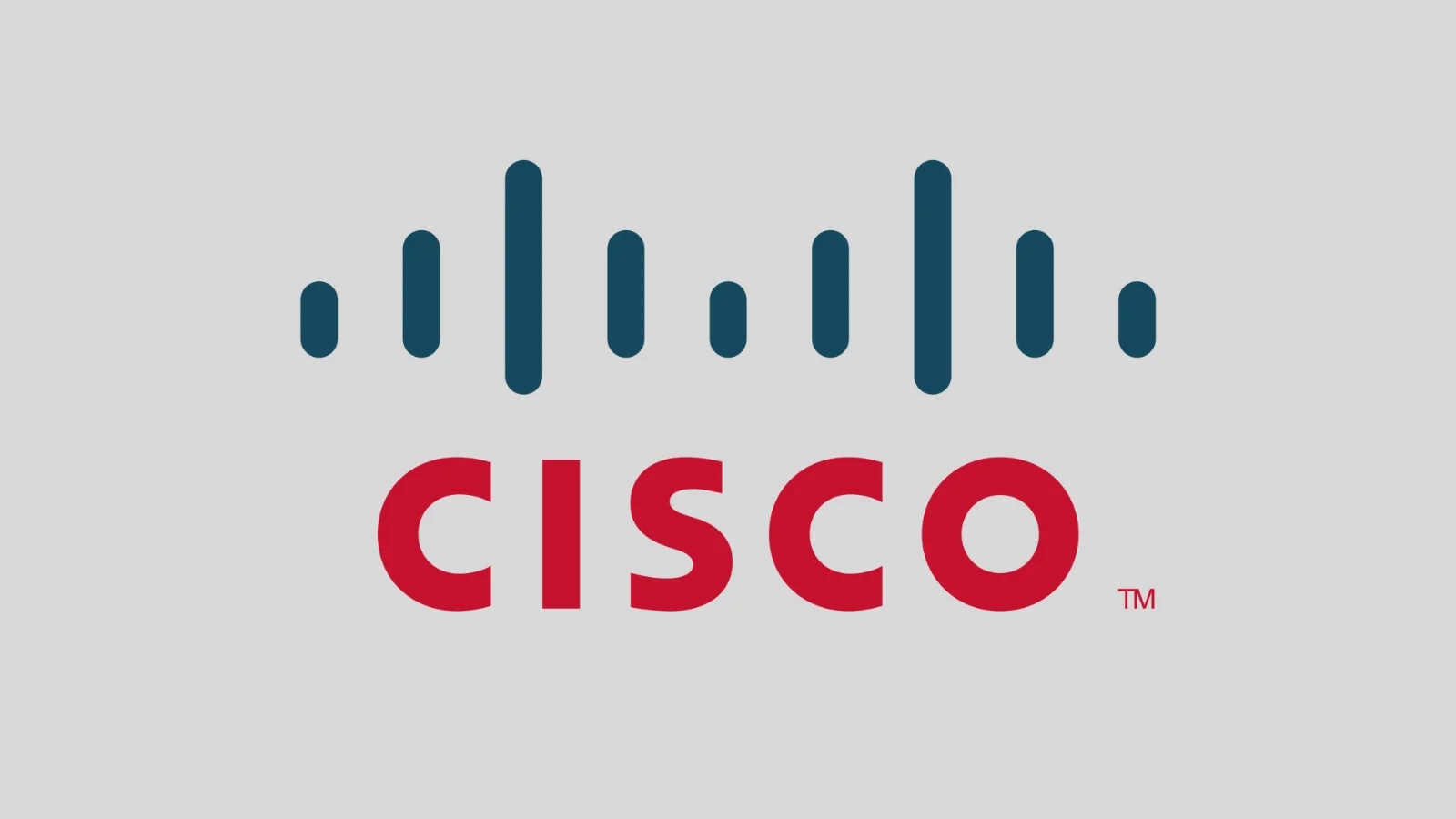In a recent wave of cyberattacks, threat actors have been targeting inadequately secured Microsoft SQL (MS-SQL) servers to install remote access software and privilege escalation tools. Security researchers have identified that these attackers are exploiting weak security configurations in MS-SQL instances to deploy Ammyy Admin, a legitimate remote desktop application, along with a privilege escalation tool known as PetitPotato.
Attack Methodology
The attackers initiate their campaign by scanning for MS-SQL servers with poor security measures, such as default credentials or exposed management ports. Upon gaining access, they execute a series of commands to gather system information, enabling them to tailor their approach to the specific environment. Utilizing command-line utilities, the attackers download and deploy their malicious payloads, demonstrating a high level of operational sophistication indicative of a well-organized threat group.
Persistence Mechanisms
To maintain access, the attackers employ several persistence strategies. After the initial compromise, they enable Remote Desktop Protocol (RDP) services on the compromised servers, providing alternative access methods should their primary entry point be discovered. Additionally, they create new user accounts with administrative privileges, effectively establishing backdoors that can persist even if the initial malware is detected and removed. This multi-layered persistence strategy underscores the sophisticated nature of the campaign and highlights the importance of comprehensive security monitoring beyond simple malware detection.
Implications and Recommendations
The increasing frequency of these attacks since early April 2025, targeting industries such as finance, healthcare, and manufacturing, suggests a concerted effort by financially motivated threat actors. While definitive attribution remains challenging, the similarities to previous attacks indicate a persistent threat landscape.
Organizations are advised to implement robust security measures to protect their MS-SQL servers, including:
– Regularly updating and patching software to address known vulnerabilities.
– Enforcing strong, unique passwords and disabling default accounts.
– Restricting access to management ports and implementing network segmentation.
– Monitoring for unusual activity and conducting regular security audits.
By adopting these practices, organizations can enhance their defenses against such sophisticated cyber threats.



